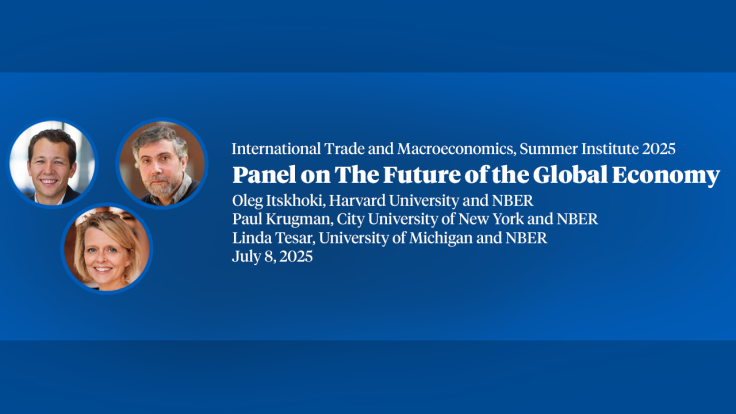An Inverse-Ramsey Tax Rule
Working Paper 34419
DOI 10.3386/w34419
Issue Date
Traditional optimal commodity tax analysis, dating back to Ramsey (1927), prescribes that to maximize welfare one should impose higher taxes on goods with lower demand elasticities. Yet policy makers do not stress minimizing efficiency costs as a desideratum. In this note we revisit the commodity tax problem, and show that the attractiveness of the Ramsey inverse-elasticity prescription can itself be inverted if the tax system is chosen – or at least strongly influenced – by taxpayers who are overly confident of their ability, relative to others, to substitute away from taxed goods.
-
-
Copy CitationLuca Micheletto, Dylan T. Moore, Daniel Reck, and Joel Slemrod, "An Inverse-Ramsey Tax Rule," NBER Working Paper 34419 (2025), https://doi.org/10.3386/w34419.Download Citation


